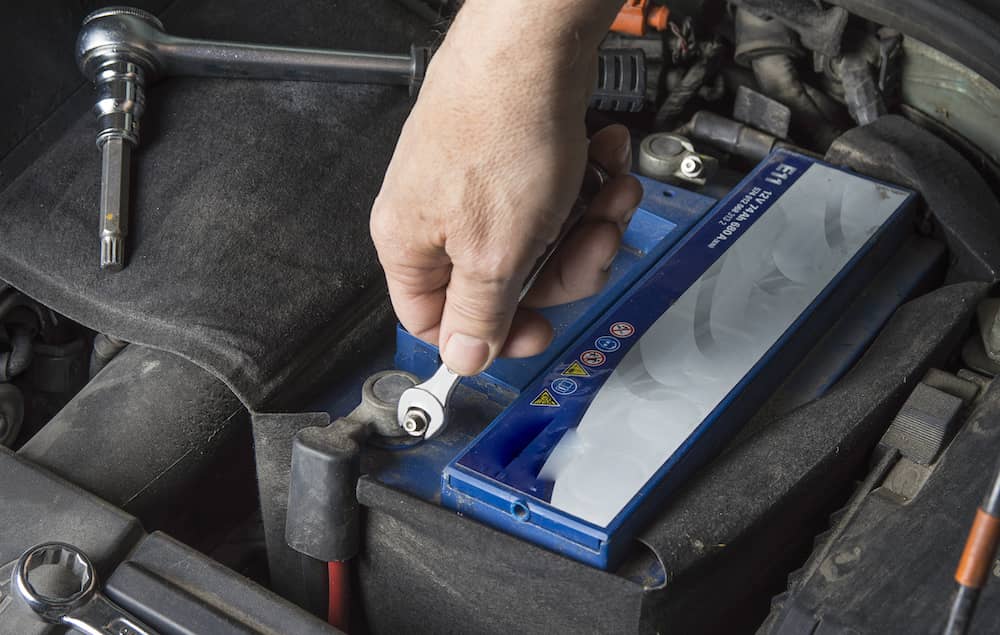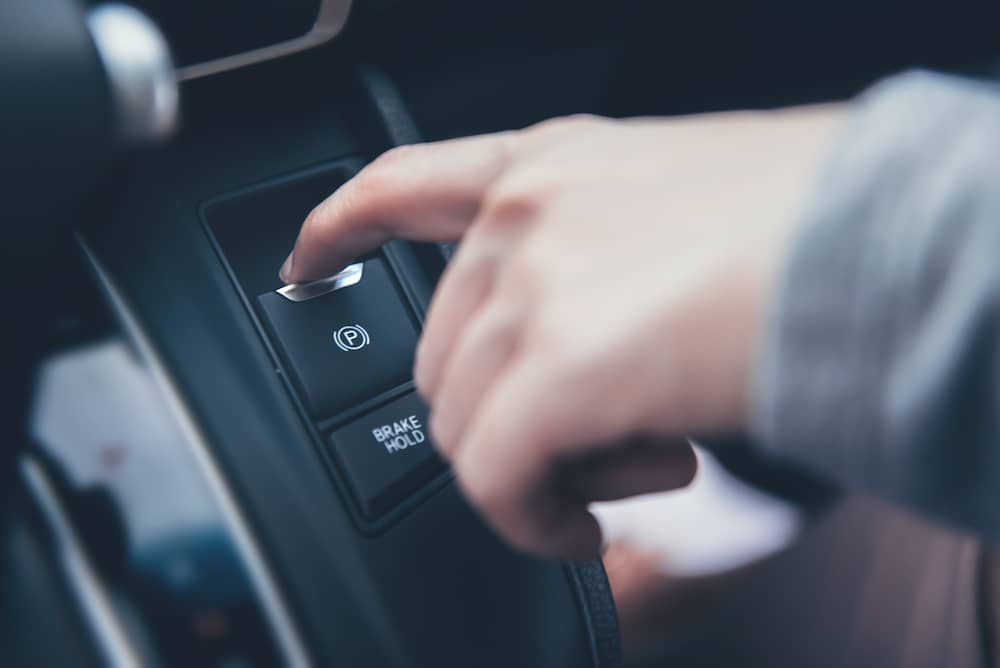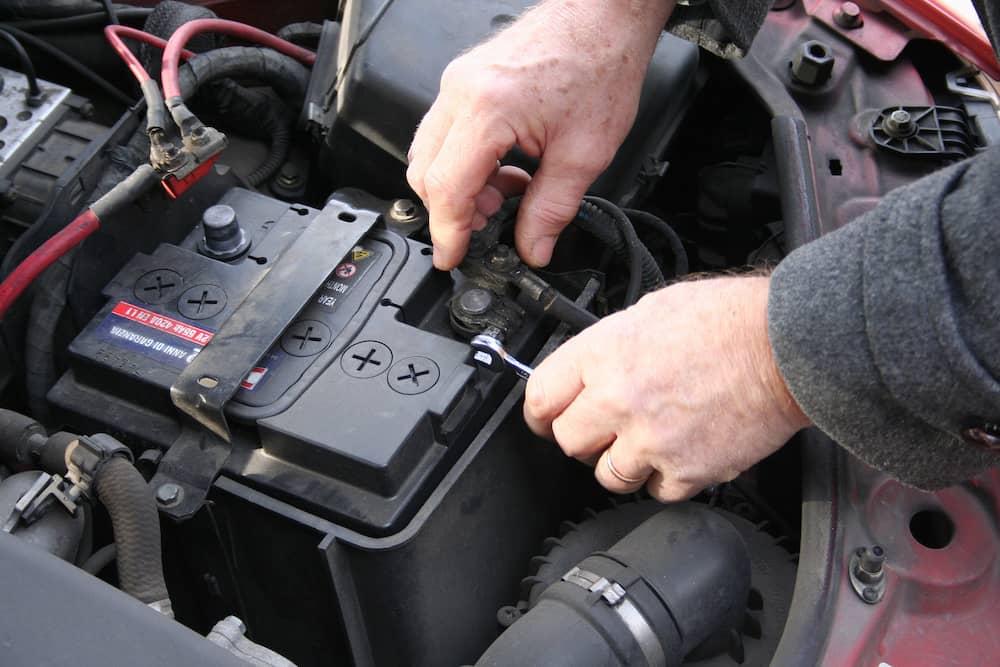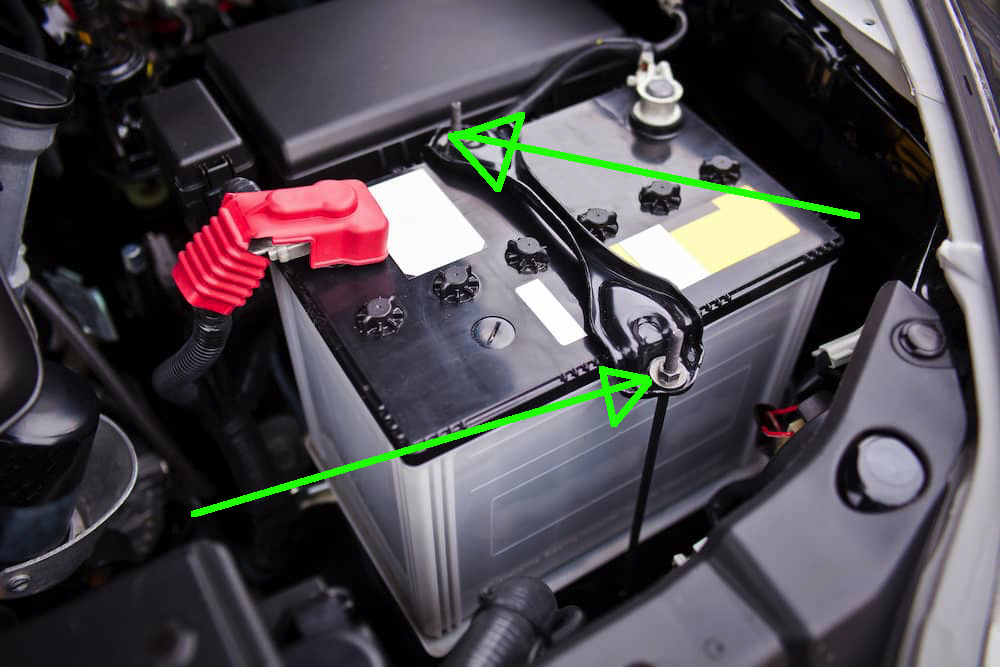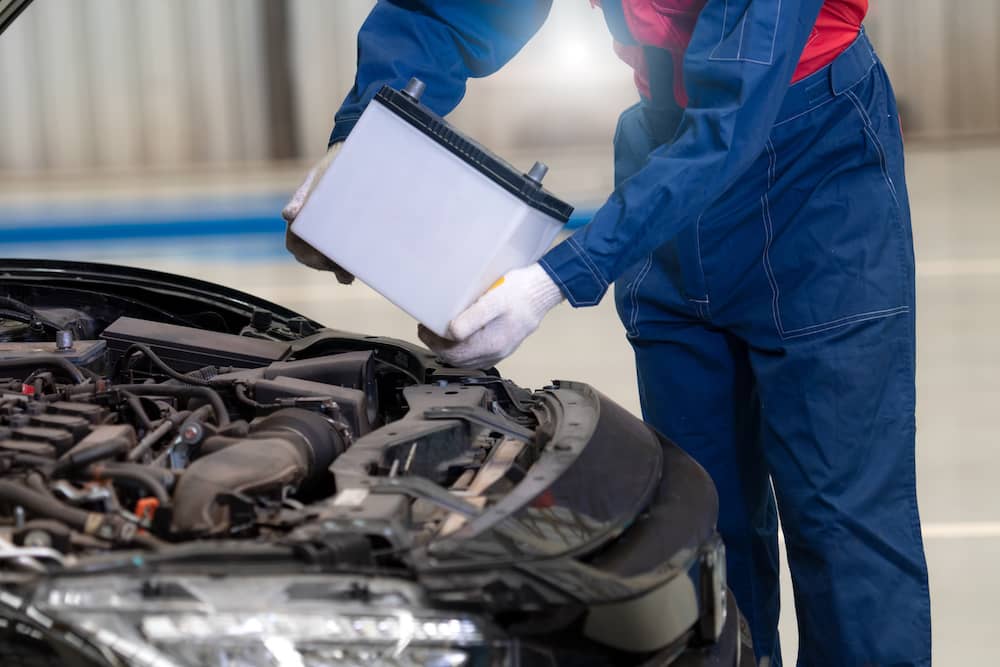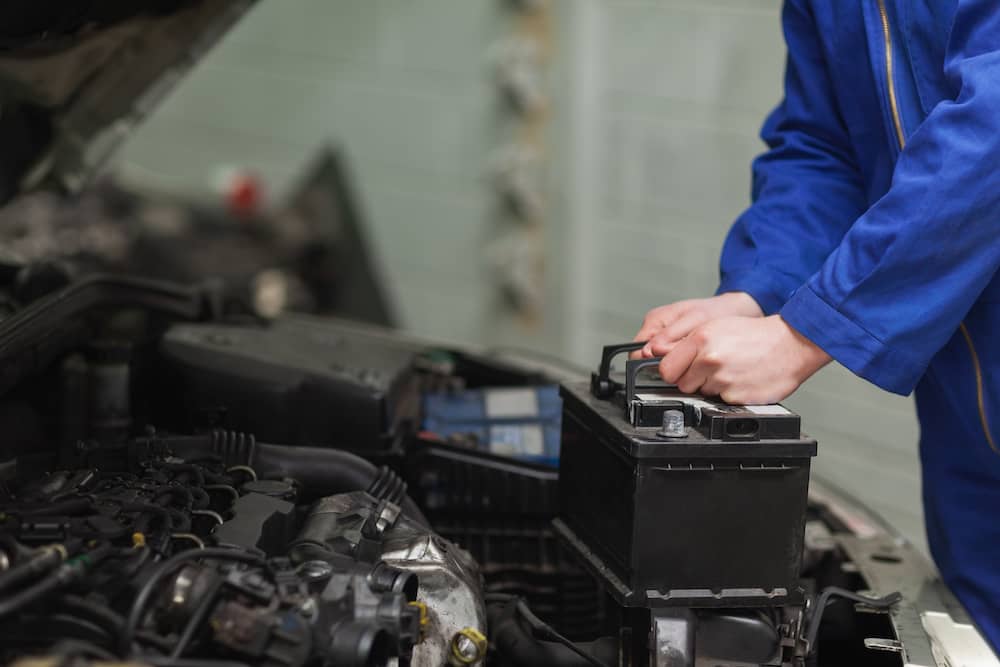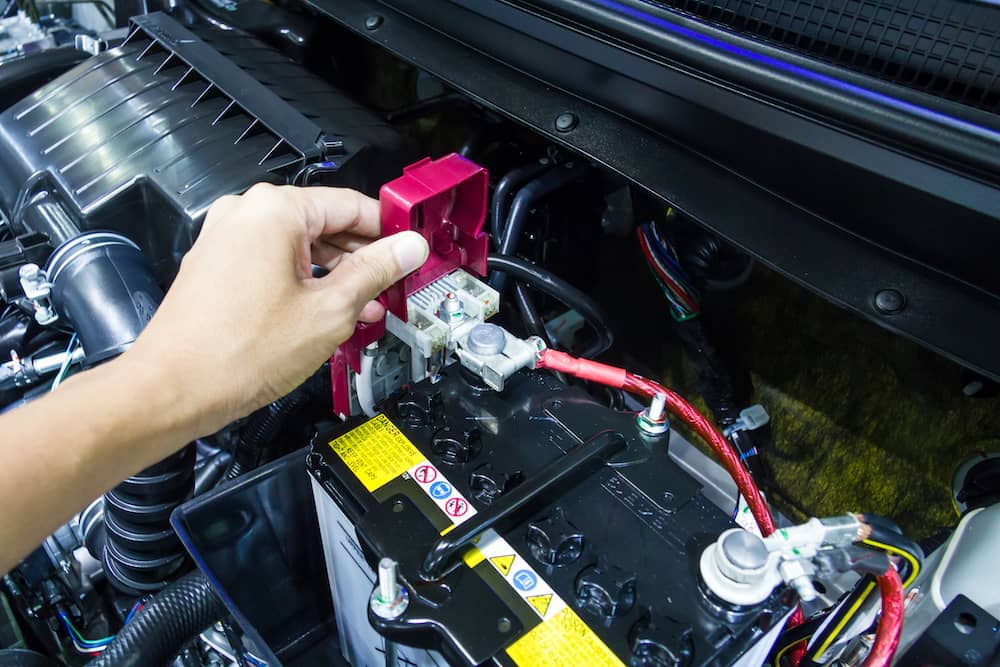Automotive batteries are generally resilient, but just like most things, they do not last forever. Even if you take care of them through proper maintenance, these batteries will eventually fail. It doesn’t matter how well you treat your vehicle because car batteries wear out in a few years.
Although it’s recommended that you seek assistance from a professional, knowing how to replace your car battery on your own can come in handy. It’s one way to avoid getting stranded if your car suddenly stopped running. Luckily, battery removal and installation are both straightforward processes.
Why Should You Care?
If you’re not aware already, a car battery is one of the essential parts of your vehicle. When starting the car, you see the process as merely pressing a button or turning a key. But what you may not know is that the battery is responsible for many things. In fact, it is doing all the heavy lifting in the background. When you start the ignition, you send a signal to the battery. It will then begin a chemical reaction in the black box. This particular reaction is converted into electrical energy. As a result, the motor starts to run, cranking the engine.
A dying battery will lead to lights flickering. However, the engine may not have enough energy to run. In other words, you could be left stranded if you do not act fast.
Aside from this obvious inconvenience, a dead battery may mean that you must reset your car’s systems. These include the audio system, clock, and throttle position, among many others, which are all tedious and time-consuming tasks. Fast Melbourne Towing strongly recommends that you fit a new battery as soon as you can.
How Often Should You Replace Your Battery?
After replacing the old car battery with a new one, the lifespan depends on several factors. One is the battery itself. Some batteries can hold the charger longer than others. Also, some batteries can be recharged. Once it is not possible to recharge the battery, that’s when it is considered dead.
The best way to enjoy a long battery lifespan is to drive in ideal conditions. Do not expose the engine to extreme temperatures. It should not face excessive humidity, as well. If you are able to do so, your new battery can last for about six years.
Unfortunately, it’s almost impossible to drive in perfect conditions. It is, however, safe to say that most new batteries can last up to four years. During that fourth year, you should already be vigilant regarding the status of the battery. Be on the lookout for signs that show your battery is about to give up.
If you drive mostly in cold weather for about half of the year, the lifespan of the battery will be slightly shorter. Nevertheless, you should always pay attention to how your car runs.
Many new batteries do not give signs that they will soon fail. It’s why you should keep in mind the three to four-year rule. That said, you’re probably wondering if you need to charge a new car battery. The simple answer here is “no.” After purchasing the new battery, it will be fully charged. Several years ago, this wasn’t the case because batteries used to come dry. Then, the distributors would fill them up with acid. Today, you do not need to worry about charging a new battery.
During maintenance, have your mechanic check the battery. Remember that there is no way for you to avoid battery replacement even if you have the car maintained diligently.
Causes of Shortened Battery Life
There are a few reasons why some batteries run out faster than others.
Some of these causes include:
- Having the car sit in the driveway for a long time
- Making lots of short trips, preventing the battery from recharging
- Forgetting to turn the lights off
Before attempting anything, you should first determine if you really have a battery problem. Does your car have the symptoms listed below?
- Your headlights have started to get dimmer and weaker than normal. A failing battery can no longer fully power the car’s electrical components, especially the headlights. Dim headlights can be a safety issue. Once you see that the lights are not as vibrant as before, take the initiative to check the health of your car’s battery.
- You hear a clicking sound whenever you turn the car key in the ignition. This sound serves as a notification that the battery is slowly dying. In normal operations, the car battery sends current to the starter solenoid, which keeps things going for your vehicle. Unfortunately, if the battery is about to fail, it becomes difficult to perform its regular function. Thus, the electrical current the starter receives is weaker than expected. In this case, the starter produces a clicking noise, which you will hear when you attempt to run the engine.
- The engine cranks slowly. It’s common for drivers to become attuned to how their vehicles sound and operate. If you notice that cranking is now sluggish – which was not the situation before – it means your battery is near its death. Never disregard this red flag.
- You need to press on the gas pedal to start the engine. Normally, it is not required. But if you find that the car no longer starts without you stepping on the gas, you’re most likely dealing with a dying battery.
- You notice intermittent sparks. Backfiring is a sure sign of a failing battery that you should not miss. These sporadic sparks often result in fuel gathering in the cylinders. The built-up fuel causes these sparks to ignite with an increased force. It’s why the car backfires. Although backfiring is a symptom of other vehicle problems, it is always worth checking the battery.
If any of the signs above are present, your car battery is about to die. Although some drivers don’t see it as an urgent issue, it becomes a bigger problem when the battery is dead. It’s better to be safe than sorry. Replace the battery before it’s too late.
Removing the Old Battery
First things first, let’s talk about uninstalling the old battery. Before following the steps below, be sure that you have parked the car on a level surface. You should be confident that it is a secure area prior to turning off the vehicle. Never remove and change the battery in the middle of the road. As much as possible, avoid doing this task even on the side of the road. Look for a safe place where you do not have to deal with oncoming traffic, water, flames, and sparks.
An excellent spot to remove your old battery is the driveway or your garage. Keep the door open so that the area remains well-ventilated. Also, don’t forget that disconnecting the battery will mean that your clock, navigation, alarm, and radio settings will reset. It’s essential that you know your alarm code before proceeding. You can usually find the code in your owner’s manual.
Now, let’s begin the process.
You will need the following items:
- Insulated work gloves (suggested but not essential)
- Safety goggles (recommended but not essential)
- Old clothes or lint-free rags
- Wrench (size depends on your vehicle)
- Sandpaper or emery cloth
- Socket
- Extension bar
- Baking soda
- Water
Then, follow the steps below:
- Engage the parking brake.
- Turn the vehicle off.
- Remove the car keys from the ignition, which will ensure that the battery will not receive any power from the system.
- Put on your safety gear, namely your gloves and goggles. Batteries contain sulphuric acid electrolyte that produces hydrogen gas, which is highly flammable. The solution is also corrosive and can burn your skin if you do not have the necessary protection.
- Remove all metal jewellery you may be wearing, such as a watch or ring. These pieces can cause electric shock.
- Once all safety precautions are set, it’s time to pop the hood.
- Find the battery, which should not be difficult. It’s on one side of the engine bay, usually near the windshield. If not, you’ll see it by the front bumper. For newer cars, the battery may be under a plastic cover, which you may have to remove. In other vehicles, the battery is in the trunk and not the hood. If you cannot locate the rectangular box with two cables attached, refer to your owner’s manual.
- For the next step, you will now disconnect the negative cable from the battery. Use a cable tie to secure it. The negative terminal is typically black with a minus sign. If there’s a plastic cover, remove it before undoing the cable clamp using a wrench. Some battery terminals have quick-release clamps, so you do not need to use any tool.
- Slide the cable off.
- Next is to do the same with the positive cable, which is usually red with the plus sign near it.
- Finally, remove the battery from the car. Ensure that the bracket that holds the battery in place is no longer connected to the batter, as well as other connectors. You may need a wrench, a socket, and an extension bar for this task.
- With all the fasteners removed, you can uninstall the battery from the engine bay.
- Place it on a level surface; ideally, it should be made of concrete.
Batteries can weigh more than nine kilograms (or over 20 pounds). If you cannot lift it by yourself, you can ask someone for help. After removing the battery, check the tray. It’s common to find rust or any corrosive deposits left behind. Use a little bit of water with dissolved baking soda in it to clean the tray. As an alternative, you can opt to use 100-grit sandpaper or emery cloth, which will aid in cleaning the corrosion off.
Installing the New Battery
Before installation, ensure that you have the correct replacement battery. When buying, have all the information written prior to going to the auto parts store. Pertinent details that you need at hand are the battery size, part number, and dimensions. It’s also useful to provide the year, make, and model of your car, as well as its engine size.
When everything is ready, here are the steps to follow when installing the new battery:
- Position the battery in the tray. Make sure it is the right position, orientated the same way as the previous one.
- Secure the battery with a bracket. Remember what you did when you removed the battery? The process is now reversed.
- The next step is to coat both terminals using lithium grease. Just a thin layer of the solution is enough to prevent corrosion. Never spray the lubricant on other parts of the engine except for the terminals.
- Check that all the fasteners are secure. This way, the battery will remain in place while you drive.
- As mentioned, the process is reversed now. Instead of working with the negative cable first, you will have to reconnect the positive one. Remove the tie and carefully avoid anything made of metal.
- Place the cable over the terminal. Use a wrench to tighten it down. If there is a cover for the terminal, place it back.
- Next is to work with the negative cable. Perform the same steps that you did with the positive cable.
Congratulations! You’re done replacing your old battery with a new one. Don’t forget to remove all tools under the hood before closing it. If you followed the steps above correctly, your vehicle would start without additional problems. If required, you can enter the alarm code.
One more thing, battery disposal should be done properly.
Batteries are toxic, so they should be disposed of the right way. You can find recycling centres that accept old batteries. They will dispose of the battery for you for a fee. Never place the battery in the bin.
If you think that you did everything right, but your car won’t start even with the new battery, you may want to check that you installed it correctly. Connections should be tight to avoid issues. If the car turns over but doesn’t start, it could be a different problem, such as the ignition, starter, or alternator. Have a professional look at the car to find the best solution.
Did your car’s battery die in the middle of nowhere? We’re here to help.
Contact Fast Melbourne Towing, and we’ll come to get you quickly no matter where you are in or near Melbourne.

